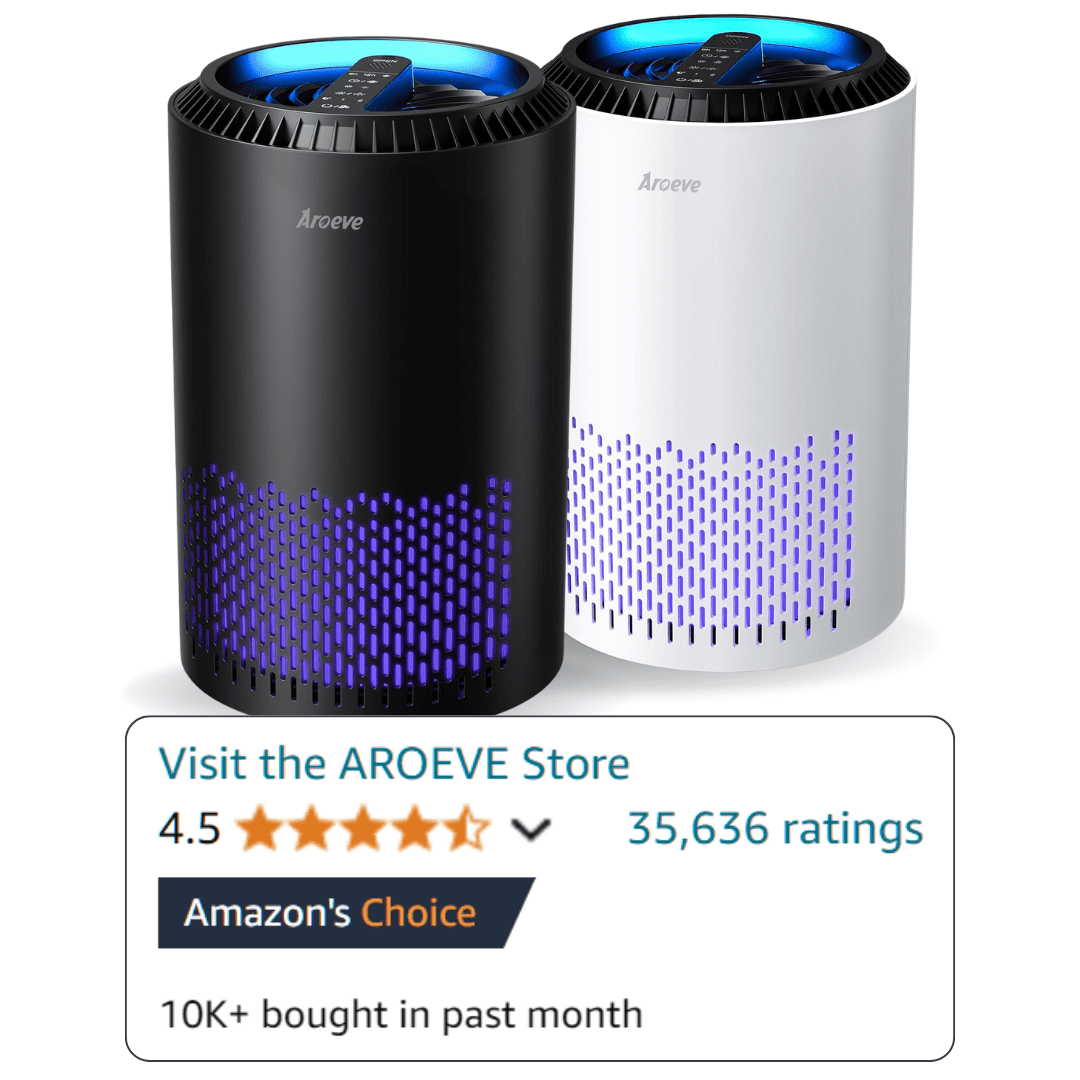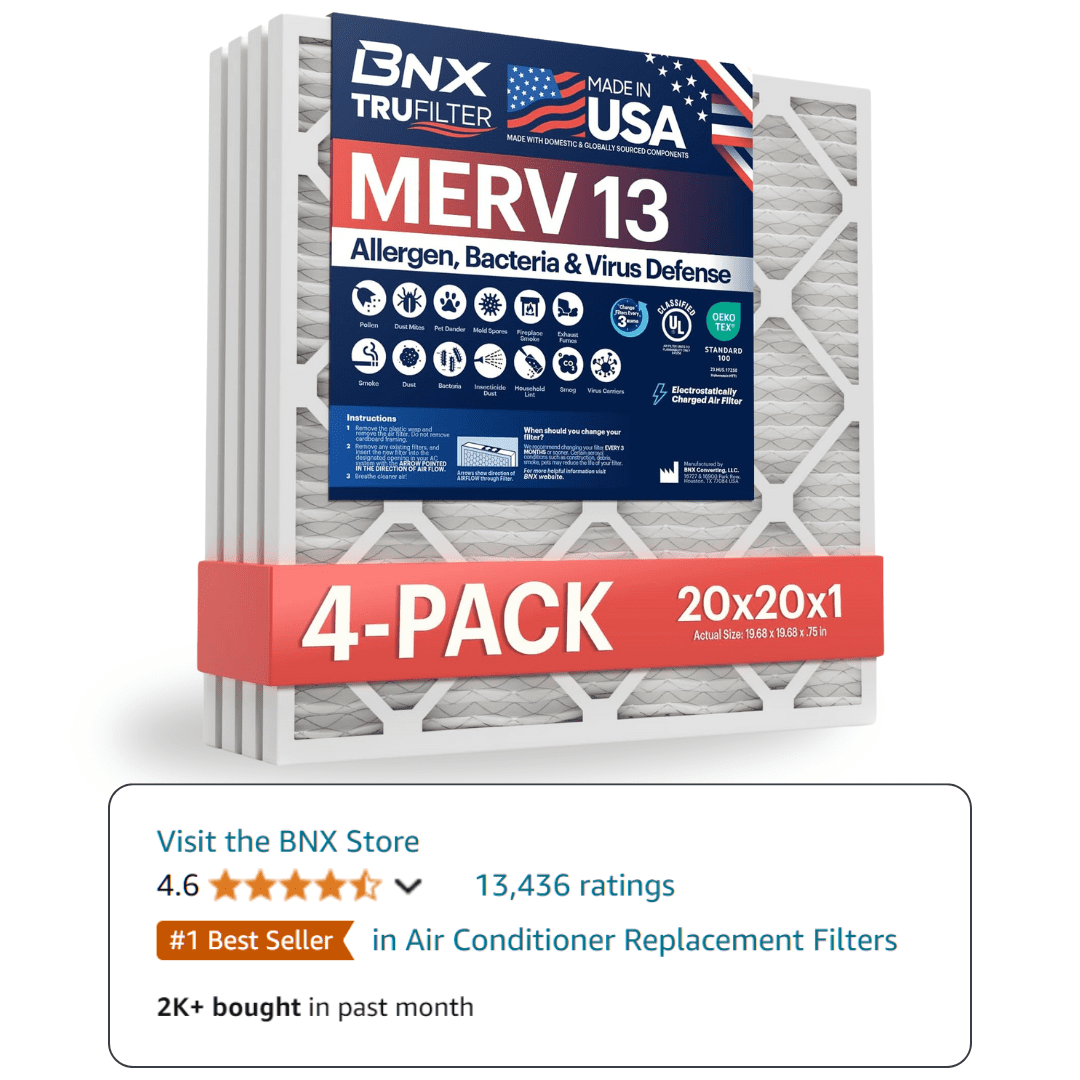Volatile Organic Compounds, or VOCs, are common indoor air pollutants that can have negative effects on your health. Found in many household products like paints, cleaning supplies, and building materials, VOCs can cause headaches, dizziness, and long-term health issues with prolonged exposure.
The good news is you don’t need expensive equipment to tackle this problem.
This article provides practical, affordable solutions to reduce VOCs in your home, ensuring a healthier living environment.
VOCs Explained
VOCs are chemicals that easily evaporate at room temperature.
Common sources of VOCs include items like paints, varnishes, furniture, and household cleaning products.
When released into the air, they contribute to indoor air pollution. Prolonged exposure to high levels of VOCs can lead to health problems, such as respiratory issues and an increased risk of chronic diseases.
Understanding VOC Levels
What Level of VOC is Dangerous?
Determining what level of VOC is dangerous can be challenging, as it varies depending on the specific chemical. However, any sustained exposure to elevated VOC levels can be harmful.
It’s essential to know that even low levels can pose health risks over time, highlighting the importance of monitoring indoor air quality and reducing VOC concentrations whenever possible.
7 Practical Ways to Reduce VOCs at Home
1. Choose Low-VOC Products
One of the simplest ways to reduce VOC emissions is by selecting low-VOC or VOC-free products.
These include paints, furniture, and carpeting choices. When choosing low-VOC options, you can significantly reduce the amount of VOCs that enter your home.
Always look for product labels that specify “low-VOC” or “VOC-free.”
2. Increase Ventilation
Improving ventilation is a crucial step in diluting indoor VOC concentrations.
Open windows and doors daily to allow fresh air to circulate. Adding exhaust fans in areas like your kitchen and bathroom can further improve air exchange.
According to studies, increased ventilation can lower indoor VOC levels, ensuring a healthier home environment.
3. Natural IAQ Tips
Cultivating a variety of houseplants known for their air-purifying abilities, such as spider plants, snake plants, peace lilies, or ferns, can significantly contribute to a fresher indoor environment. For pleasant natural scents, try simmering herbs like rosemary or citrus peels on the stove instead of using synthetic sprays.
4. Keep Humidity Levels in Check
Humidity plays a role in VOC emission; higher humidity levels can increase the release of VOCs from building materials and furniture. Maintain an indoor humidity level between 40% and 60% using dehumidifiers or air conditioners to limit VOC emissions.
5. Ensure Regular Cleaning with Non-Toxic Products
Switching to non-toxic cleaning agents reduces the number of VOCs released during cleaning. Natural products like vinegar, baking soda, and lemon can effectively clean without contributing harmful chemicals to your indoor air. Establishing a regular cleaning routine using these agents ensures a cleaner, safer environment.
6. Use Air Purifiers Wisely
Air purifiers can be effective in reducing VOCs when used correctly. Look for affordable models with activated carbon filters, which are particularly good at trapping VOC particles. For more guidance on **how to choose which air filter to use in your home**, consider models that suit your specific needs and space.
7. Regular Maintenance and Upkeep
Simple home maintenance tasks, like checking for mold and sealing leaks, can prevent VOCs from building up in hidden places. Regular inspection and upkeep are critical in keeping VOC levels in check, as mold and moisture can exacerbate VOC release.
Special Considerations for High VOC Levels
In spaces like bedrooms, where exposure to VOCs can be more prolonged, it’s essential to use targeted solutions. Open windows frequently, opt for low-VOC bedding and furniture, and ensure proper ventilation. If you have a high VOC level in the bedroom, these focused actions can significantly improve air quality in these personal spaces.
Solutions to VOCs: Expanding Knowledge
Understanding and addressing VOCs requires ongoing education.
For comprehensive information provided by environmental experts, exploring additional resources can be beneficial.
Check out these Solutions to VOCs for more insights and strategies to keep your home safe.
Reducing VOCs in your home doesn’t have to be costly or complicated.
By implementing these practical solutions, you can ensure a healthier living space without the need for expensive equipment. Prioritize changes that fit your lifestyle and budget, and take steps to reduce VOC exposure in your home today.
Your health and indoor air quality will both be better for it.



